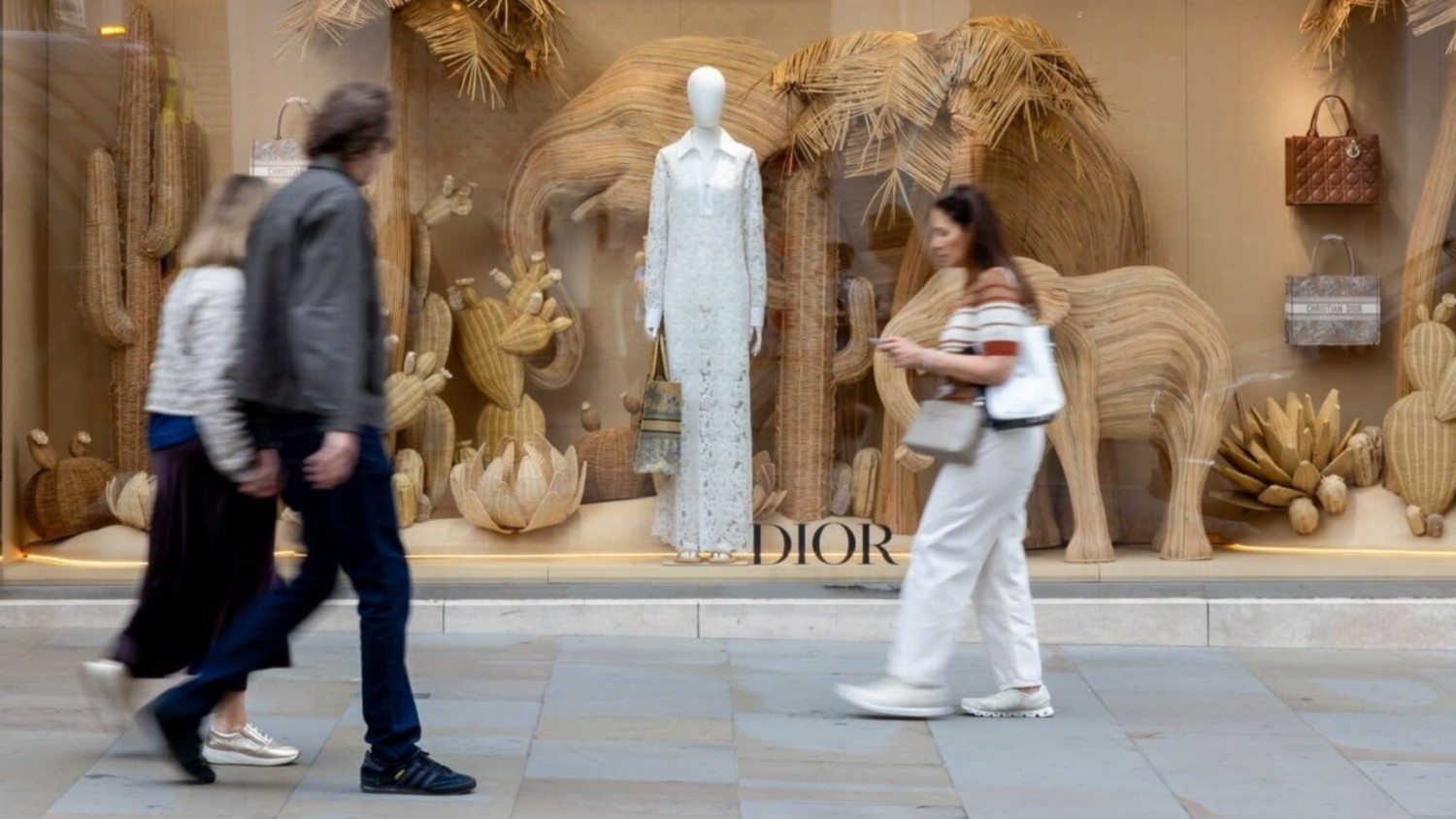
This article is more than
1 year old
Currency swings sap spending power of American and Chinese travellers overseas
Sharp declines in tourist spending on luxury goods in Japan and Europe are dragging on industry sales, adding to the challenges for a sector grappling with the end of a multiyear boom and the fallout from US tariffs.
Second quarter sales at Bernard Arnault’s luxury goods powerhouse LVMH, as well as at Prada and Moncler, were hit by lower spending from American tourists in Europe and by Chinese tourists in Japan.
Last year, waning luxury sales were boosted by a springtime surge in demand in Japan after Chinese consumers flocked to the country to load up on designer bags and shoes, taking advantage of the weakness of the yen, which had fallen to its lowest level for over 30 years.
Meanwhile, American tourists were spending freely in European boutiques as a strong dollar bolstered their purchasing power abroad.
But those tailwinds have disappeared this year as the yen recovers and the dollar declines in value, in effect removing a cushion for the industry as it contends with subdued demand in the US and China — the twin engines of luxury growth.
LVMH chief financial officer Cécile Cabanis cited changes in tourist spending patterns as the main reason why sales at its key fashion and leather goods division declined by 9 per cent organically in the second quarter.
Spending by American tourists slowed down “very strongly”, Cabanis told the Financial Times last month, adding that increased spending from locals in Asia was not sufficient to offset the declines LVMH suffered in Japan.

In the second quarter of last year, sales in Japan jumped by 57 per cent at the group behind Louis Vuitton and Dior, and by 27 per cent at Gucci owner Kering.
At its earnings report last month Italian outerwear brand Moncler blamed a 2 per cent organic sales decline on weaker spending by Americans in Europe and by Chinese shoppers in Japan.
At Prada, where tourists contribute 30 per cent of sales globally, management also attributed a 2 per cent decline in first half sales at its namesake brand on the same factors.
The US dollar has fallen by more than 10 per cent against the euro in the first half of 2025 as concerns over inflation, related to US President Donald Trump’s tariffs, caused a sell-off of US assets.
That has diminished the incentive for US travellers to live out their ‘Emily in Paris’ fantasies with spending sprees in the continent’s luxury boutiques.
Analysts at Citi noted that even Switzerland-based Richemont, where jewellery sales at Cartier and Van Cleef & Arpels underpinned another quarter of double-digit revenue growth, will come under pressure from weaker tourist spending in Japan and Europe over the next year.
Tourist spending is slowing as prospects for local spending in luxury’s two most important markets remain uncertain. Chinese consumer confidence, shaken by a decline in local asset values in the wake of the pandemic, remains stuck at record lows.

And demand in the US, luxury’s biggest market by sales, appears fragile as Trump’s tariffs threaten to usher in another wave of price inflation on goods manufactured overseas.
Bernstein forecasts a 2 per cent decline in global luxury revenues in 2025, reversing its previous prediction of 5 per cent growth because of the increased likelihood of a global recession.
The decline in tourist shopping is linked to deeper questions facing the industry, which cashed in on years of buoyant demand by pushing through above inflation price increases, according to Bernstein analyst Luca Solca.
“Luxury consumers are still looking for value — Chinese tourists are not in Japan because they want to go see Mount Fuji,” said Solca.
“This is an indirect indication that too many luxury brands pushed too many price increases, and that they need to do some homework in order to appeal to consumers — particularly middle classes — again.”